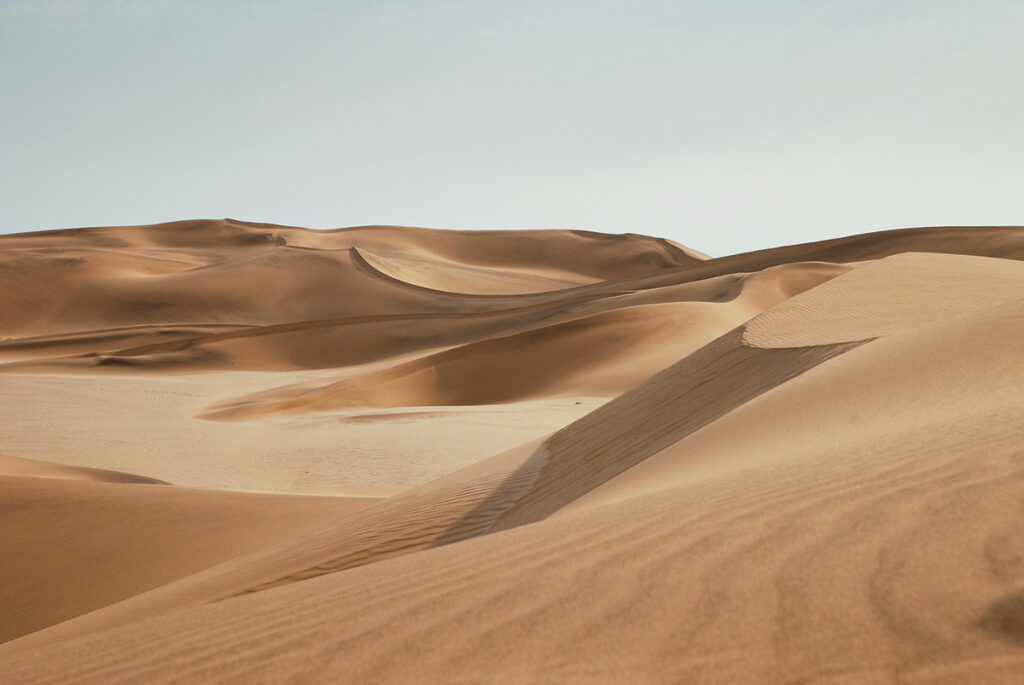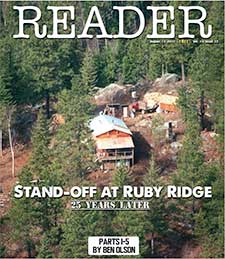Mad about Science: Sand
By Brenden Bobby
Reader Columnist
There have been numerous headlines in the past five years centered on a confusing subject: The world seems to be running out of sand. How could this be when it’s literally everywhere? Our town is literally named after the stuff and there are thousands of miles of coastlines and unfathomably huge amounts of it at the bottom of shallow seas all over the planet.
That all may be true, but it’s simply not the right stuff.
Sand is used for a huge variety of things in human civilization. We use it for paving, filling play boxes for children, glassmaking and, most importantly, as aggregate for concrete. This is where the real concern for limited sand originates.
Sand is basically defined as small bits of rock broken down into grains. To be classified as sand, these grains need to be between 0.15 and 2 millimeters in diameter, which can be measured when sand and soil is filtered through sieves. However, it’s one of those things that you just recognize when you see it.
 Look at a pile of soil and you’ll quickly see whether it’s dirt, sand, gravel or silt. Unless you’re a hardcore stonehead, you aren’t about to crack out the sieves and start testing the quality of your sand.
Look at a pile of soil and you’ll quickly see whether it’s dirt, sand, gravel or silt. Unless you’re a hardcore stonehead, you aren’t about to crack out the sieves and start testing the quality of your sand.
Sand is formed through the process of erosion. Rocks hitting other rocks break off pieces that accumulate to create sand. Water also aids this process, as does wind. In the case of wind, it will often carry other pieces of sand that buffet rock and grind it down into fine sand and silt.
This distinction is important when considering the idea of “the world running out of sand.”
How erosion affects stone will dramatically alter the resulting sand’s usefulness for specific applications. In particular, sand that is round and smooth makes a poor aggregate for concrete because the pieces don’t create friction against one another and lock in. Oddly shaped and jagged pieces are better at interlocking within the cement paste to create more structure and rigidity against external forces.
This means that sand created by flowing water is vastly superior when used in concrete, compared to the sand found in the windswept Sahara Desert.
Since sand is just rock that’s broken down, there’s another means to obtaining ideal sand for concrete and that’s through crushing and grinding. This happens to a degree in quarries and mines, but it takes dedicated energy to create enough sand to be useful. It’s much easier to dig up sand that the Earth has spent millions of years creating for us. This inflates the value of natural sand as it creates more demand, therefore creating a unique economic niche for humans.
Humans want things, and when humans want things, other humans provide them. Once many humans realize how valuable something is, they begin fighting over it. This is happening with sand in places like India, where proto-cartels are cropping up to illegally dredge sand from riverbanks and sell it abroad for large profits.
Meanwhile, removal of large amounts of sand causes changes to existing waterways, which have a cascading effect on local ecosystems and can even threaten certain plants and animals with extinction as their habitat is irreversibly altered.
Loss of habitat caused by sand mining has a devastating effect on fish hatcheries, reducing yields by up to 50%, which causes direct harm to humans who rely on the fish for sustenance.
Sand is also being used to create artificial islands in places like Dubai, Singapore and the South China Sea. These are operations on a scale that have never been seen in human history, as millions of tons of sand are used to create landmasses and more sand used to bind the concrete of the structures being built atop them.
What can be done about this unique problem? Fortunately, quite a lot. Concrete can be reused once it’s broken down, effectively becoming aggregate for new concrete. Rubble from mining operations is also a useful aggregate material that only needs to be transported, as it’s already being harvested as a byproduct of pre-existing industry. Mixing preferable sand with non-preferable sand, such as Saharan dune sand, can also work, though it produces a lower-quality concrete. Finally, mixing ash — particularly ash created as a byproduct of industrial burning — can also create stronger concrete capable of resisting more compressive forces.
Ever wonder why sand is different colors in different places? The tan sand we recognize is largely silica and composed of many different colored rocks, ranging from white to black with beiges and pinks mixed in. Collectively, it appears brown or tan. White sand beaches are formed by calcium carbonate — that is, the skeletal remains of ancient marine life ground down into fine grains. Black sand beaches are volcanic in nature, having originated from the erosion of cooled lava rock.
Another fun fact is that sugar and salt can be technically classified as sand. Next time you need a little seasoning in your food, ask someone to pass the sand and watch the horror and confusion spread across their face.
Stay curious, 7B.











 Coming up this week! Don’t miss Live Music, the Summer Sampler, the Art Party, Monarch Grind, the Sandpoint Renaissance Faire, and more! See the full list of events in the
Coming up this week! Don’t miss Live Music, the Summer Sampler, the Art Party, Monarch Grind, the Sandpoint Renaissance Faire, and more! See the full list of events in the 